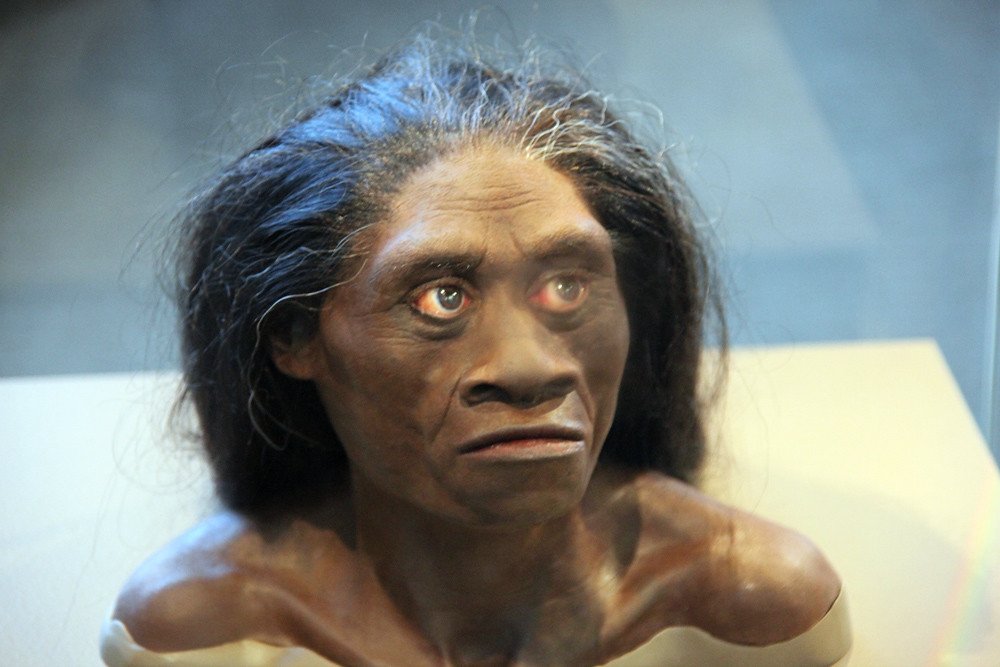In 2003, a team of archaeologists unearthed a remarkable discovery on the Indonesian island of Flores: the skeletal remains of a diminutive human species, later named Homo floresiensis. These “hobbit humans,” as they were affectionately dubbed by the media, have captured the imagination of scientists and the public alike. With their tiny stature and unique features, Homo floresiensis has sparked countless debates and theories about their origins and eventual disappearance. But what really happened to these mysterious beings?
The Discovery on Flores Island
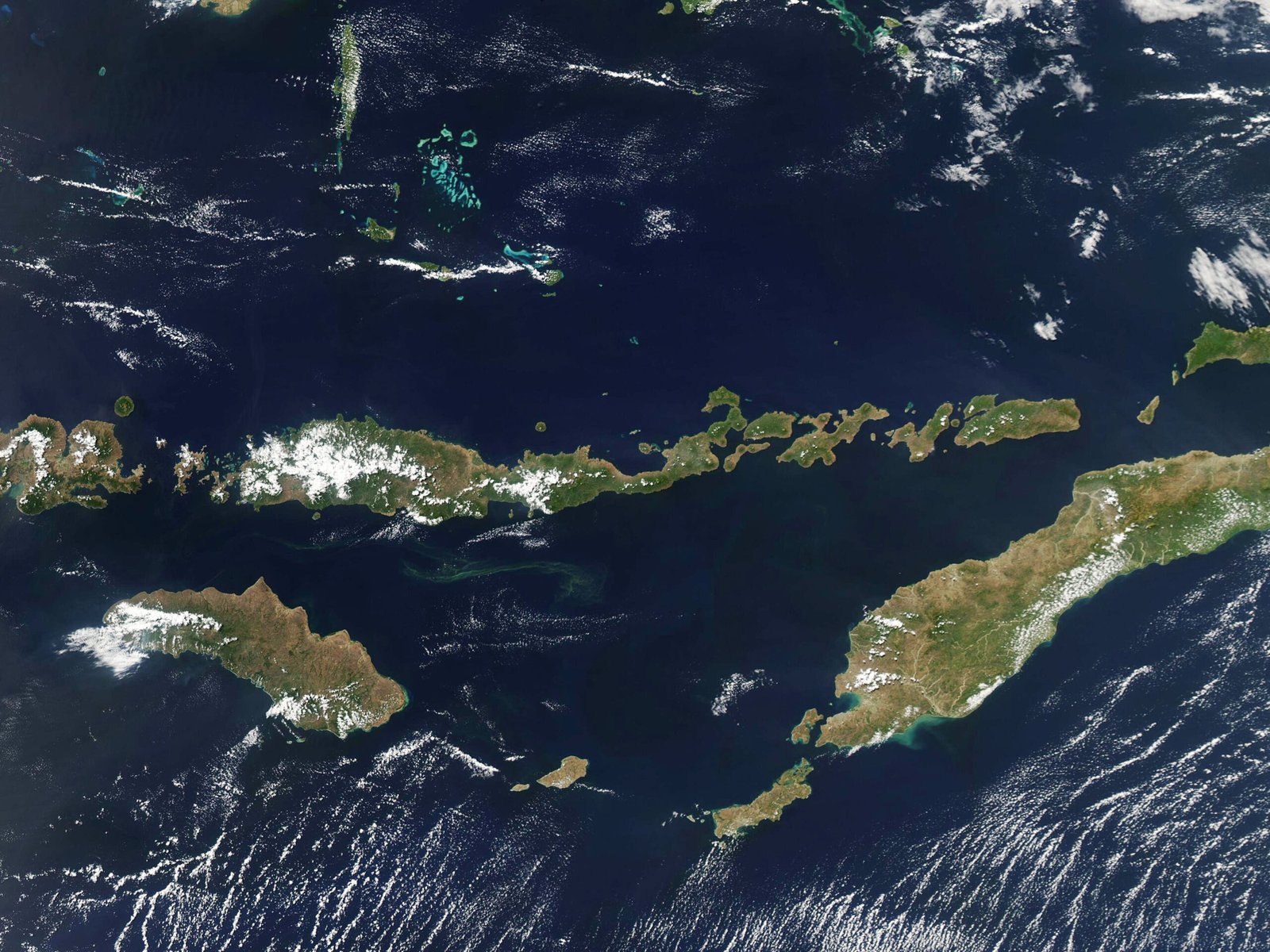
The bones were found in a limestone cave called Liang Bua, nestled within the lush, dense jungles of Flores. The initial discovery was a single small skull, but further excavation revealed more skeletal remains belonging to several individuals. This discovery was groundbreaking, as it suggested a previously unknown branch of the human family tree. The remains were dated to be around 100,000 to 60,000 years old, a time when modern humans were already present in other parts of the world. The finding challenged existing theories about human evolution and migration.
Physical Characteristics of Homo Floresiensis
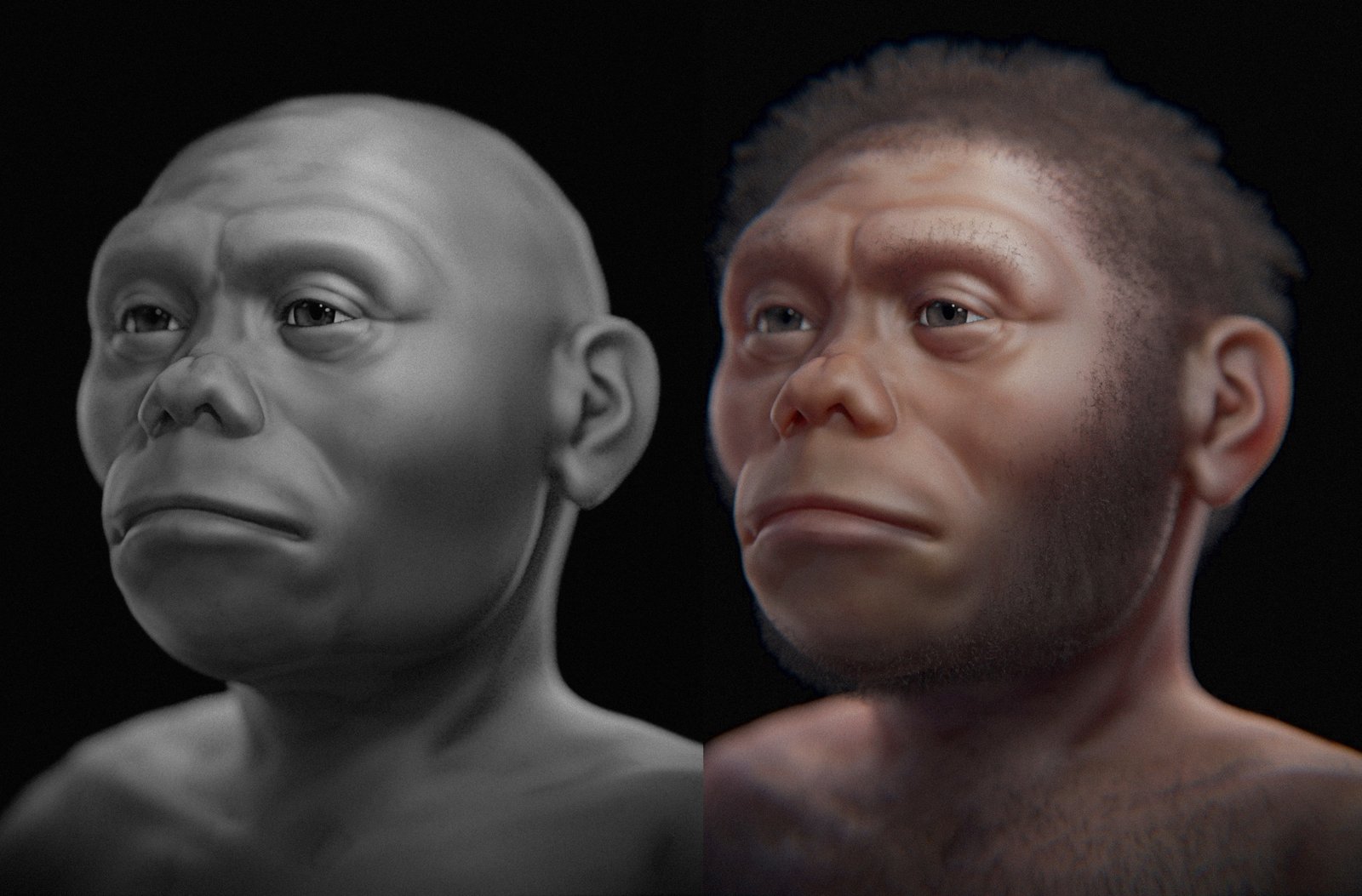
Homo floresiensis stood at just about three and a half feet tall, with a brain roughly the size of a grapefruit. Despite their small stature, they exhibited advanced features such as tool-making capabilities and evidence of fire use. Their skeletal structure was unique, with large feet and a distinct facial structure, setting them apart from both modern humans and other known hominins. Scientists have debated whether their small size was due to a condition known as insular dwarfism, which occurs when species evolve smaller sizes on islands due to limited resources.
Theories on the Origins

The origins of Homo floresiensis have been a topic of intense discussion. Some researchers propose they descended from Homo erectus, another ancient human species that had reached Asia. Others suggest they might be a separate lineage that branched off even earlier. The possibility of interbreeding with other hominin species has also been explored. However, the lack of DNA evidence due to the tropical climate of Flores complicates these investigations. Each theory presents its own set of challenges and questions, leaving the scientific community divided.
Understanding Their Tools and Technology
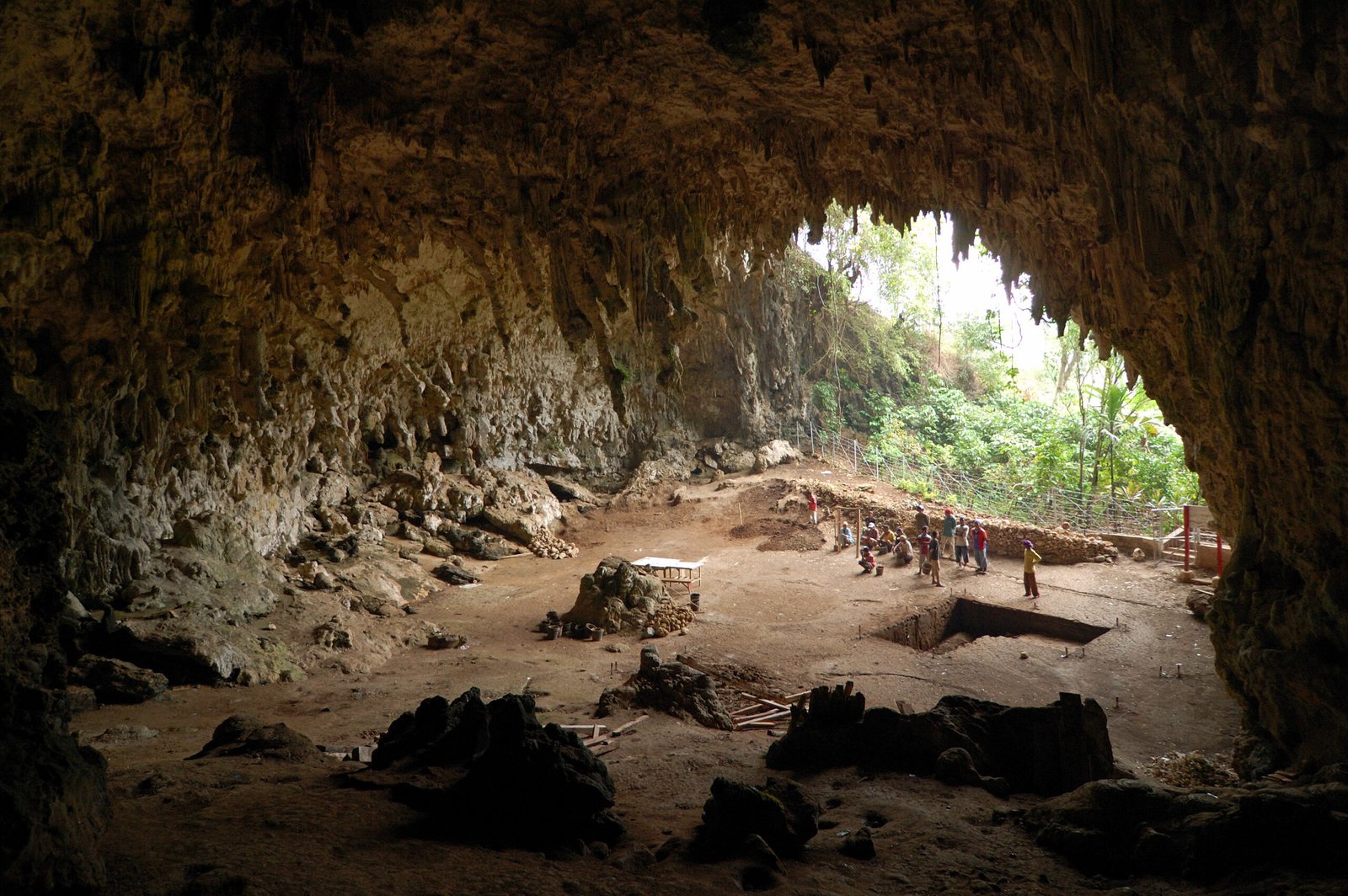
The tools found alongside Homo floresiensis were surprisingly sophisticated, including stone flakes and sharp-edged implements. These tools indicate a level of cognitive ability that defies their small brain size. The crafting of such tools suggests they had developed complex thought processes and social structures. The presence of charred animal bones in the cave indicates they cooked their food, demonstrating an understanding of fire management. This level of technological advancement has led scientists to reevaluate assumptions about the relationship between brain size and intelligence.
Environmental Challenges and Adaptations

Flores Island presented unique environmental challenges, such as volcanic activity and fluctuating sea levels. These factors may have influenced the evolution and eventual extinction of Homo floresiensis. Their small size could have been an adaptation to the island’s limited resources, enabling them to survive in the dense forests. The potential presence of predators like the Komodo dragon also played a role in shaping their behavior and survival strategies. Understanding these environmental pressures helps paint a clearer picture of their daily lives and struggles.
The Role of Predators and Competitors
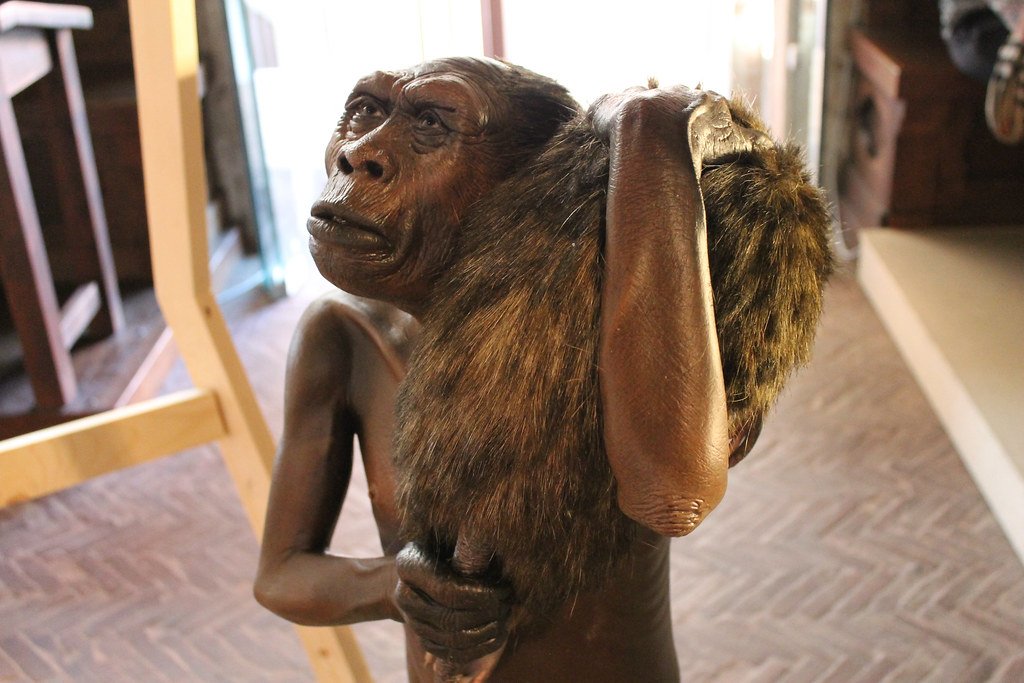
The ecosystem of Flores was a complex web of interactions between species. Homo floresiensis would have faced competition from other animals for food and resources. The presence of large predators, including the formidable Komodo dragon, would have posed significant survival challenges. These interactions could have influenced their social behavior and group dynamics, necessitating cooperation and strategic planning. The balance between predator and prey relationships could have been a critical factor in their adaptation and eventual disappearance.
Possible Reasons for Extinction
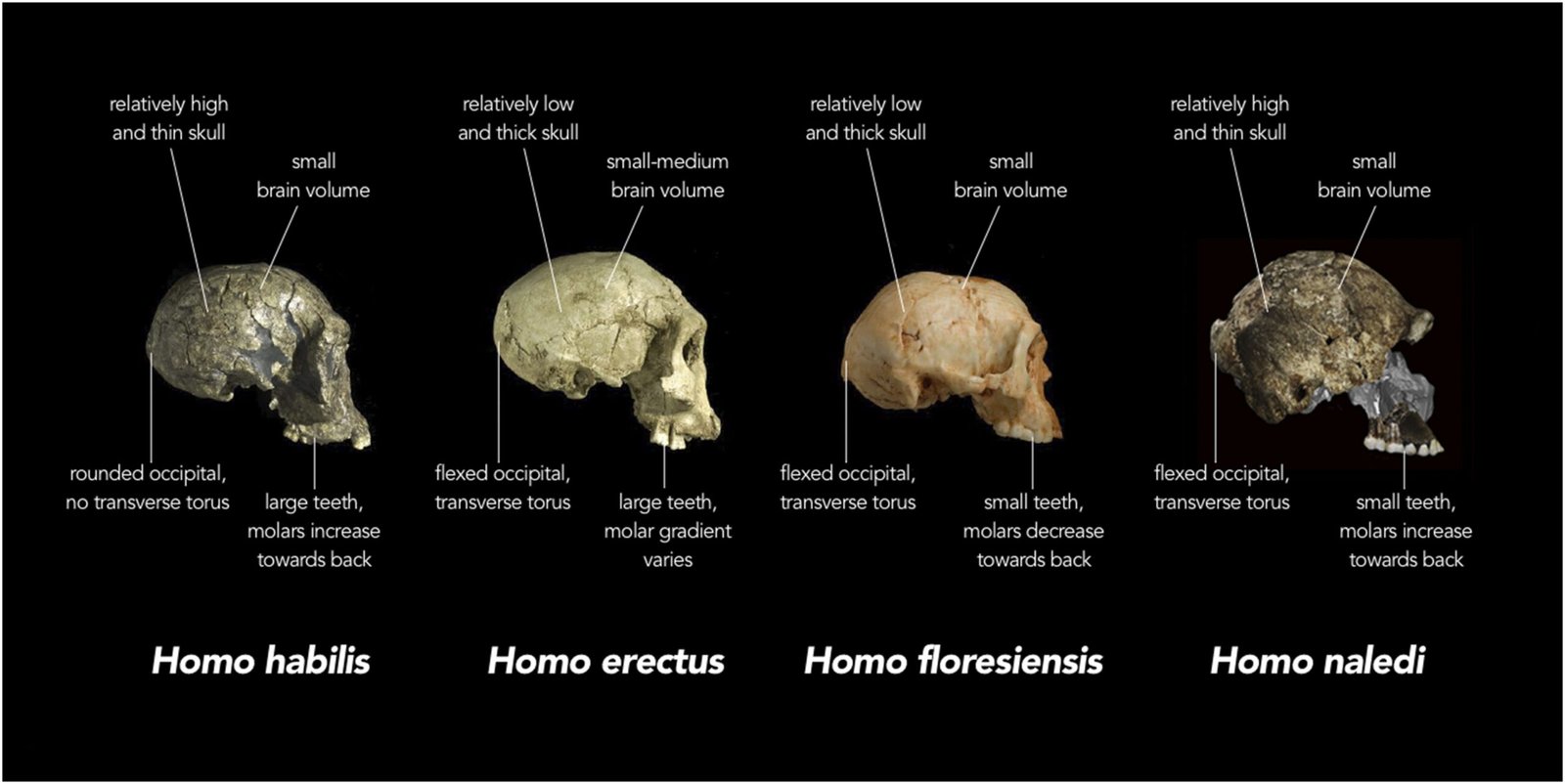
The extinction of Homo floresiensis remains a mystery, with several potential explanations. Environmental changes, such as volcanic eruptions, could have drastically altered their habitat. The arrival of modern humans on Flores might have introduced new diseases or competition for resources that they couldn’t withstand. Some scientists speculate that a combination of these factors led to their decline. Understanding the causes of their extinction can provide valuable insights into the broader patterns of human evolution and survival.
Impact on the Human Evolutionary Tree
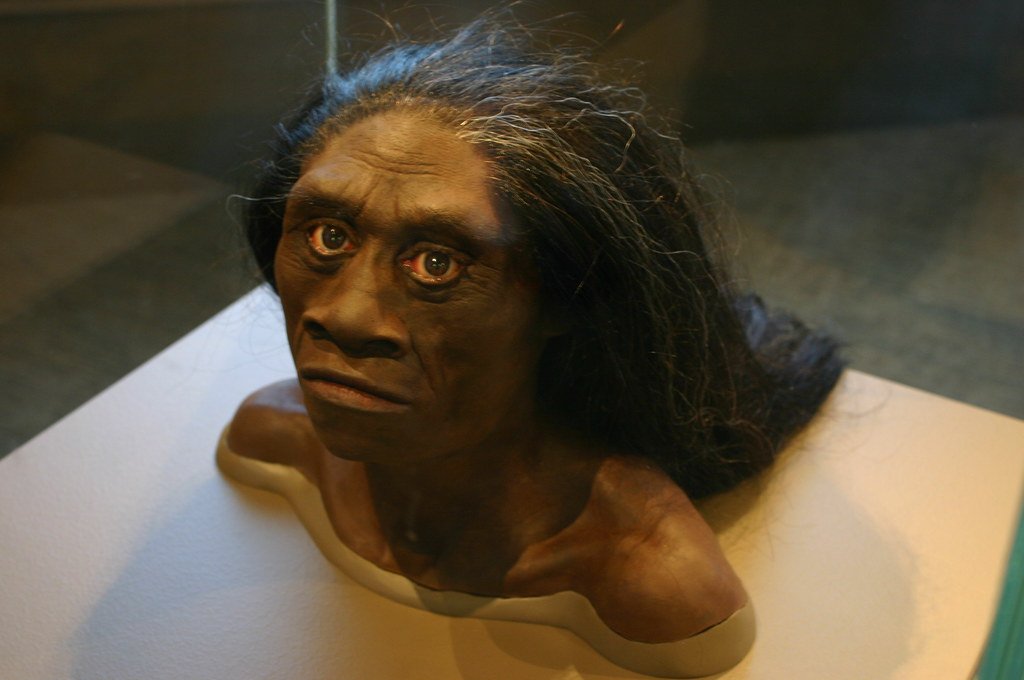
The discovery of Homo floresiensis has had a profound impact on our understanding of human evolution. It has challenged the linear model of human development, suggesting a more complex web of interactions and migrations. The existence of such a diverse range of hominin species at the same time highlights the adaptability and resilience of the human lineage. This finding has prompted scientists to revisit and revise existing theories about the spread and diversification of ancient human populations.
Continued Research and Exploration
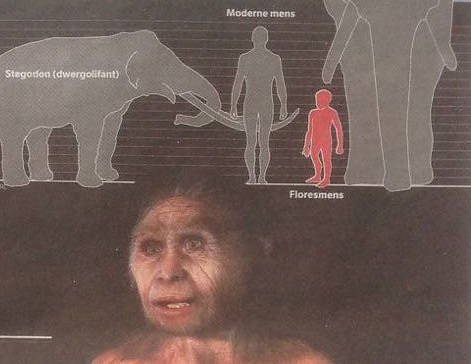
Research into Homo floresiensis is ongoing, with new findings emerging as technology advances. Excavations continue in Flores and other parts of Southeast Asia, with the hope of uncovering more evidence about these enigmatic humans. Advances in genetic analysis and dating techniques may eventually provide more concrete answers about their origins and relationships with other hominins. As scientists delve deeper into this mystery, each discovery brings us closer to understanding the full story of Homo floresiensis.
The Enduring Legacy of the Hobbit Humans
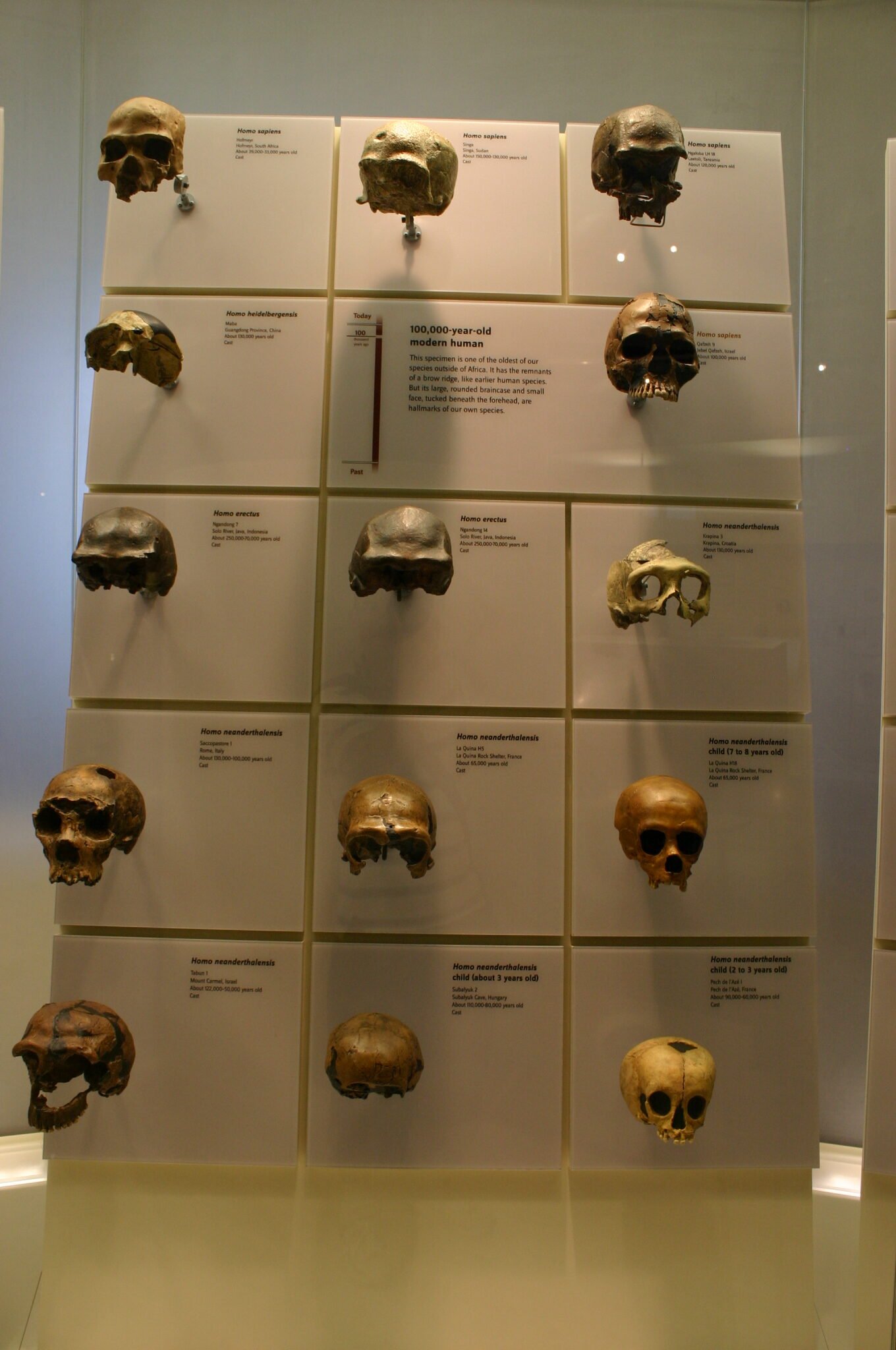
The tale of Homo floresiensis continues to captivate the imagination of people worldwide. Their story serves as a reminder of the diversity and complexity of the human journey. The questions they pose about adaptation, survival, and extinction resonate with broader themes in anthropology and biology. As we continue to explore the depths of human history, the legacy of the hobbit humans remains a testament to the enduring quest for knowledge and understanding.

